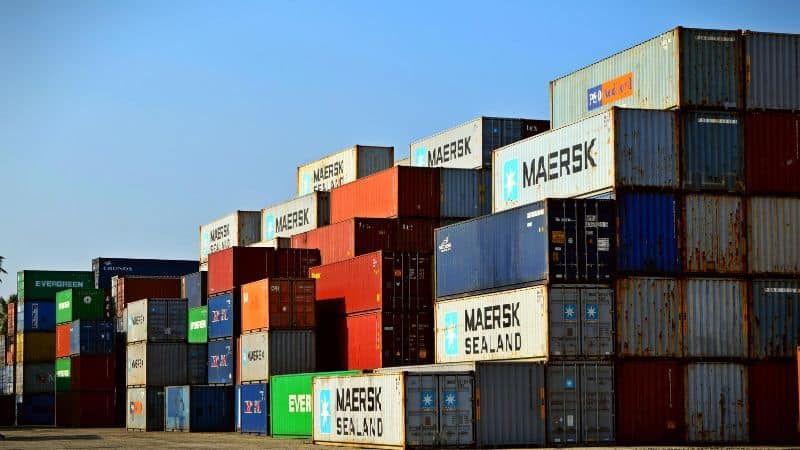
As the peak shipping season from mid-August to the end of autumn or early winter approaches with haste, the China-US sea trade is currently a different landscape compared to years before.
Indicators of China-U.S. container traffic are trending down even as the season draws closer. The Ocean TEU Volume Index, which represents how much containerized volume is being tendered to vessels with ocean carriers, freight forwarders and NVOCCs, fell to 929.53 as of July 14 in the China to the United States sector. Moreover, the trend has persisted since the beginning of July and shows no sign of immediate recovery.
The elephant in the room that sways the uncertain future of China-US sea trade is no doubt the trade dispute between the two countries since President Donald Trump’s first term. More precisely, the current 90-day pause on tariffs, which is set to expire on August 12, 2025. Importers have engaged in front-loading shipments to beat this deadline, impacting demand and rates in the near future. Such a rush resulted in global container volumes reaching a record 16.34 million TEUs in May, breaking the previous record of 16.31 million TEUs set in March of this year.
However, this surge is short-lived, and it sets an even higher starting point for the decline. After the rush in response to tariff changes and pre-deadline shipping rushes, rates have fallen in recent weeks. The future container market is expected to remain sensitive to tariff policy shifts and ongoing capacity adjustments. In addition, the market is also being shaped by factors like the Red Sea situation. Everyone yearns for a breakthrough, and the world is waiting for the tariff talks on August 12, hoping they will stabilize the global economy and put an end to the volatile sea trade market.
